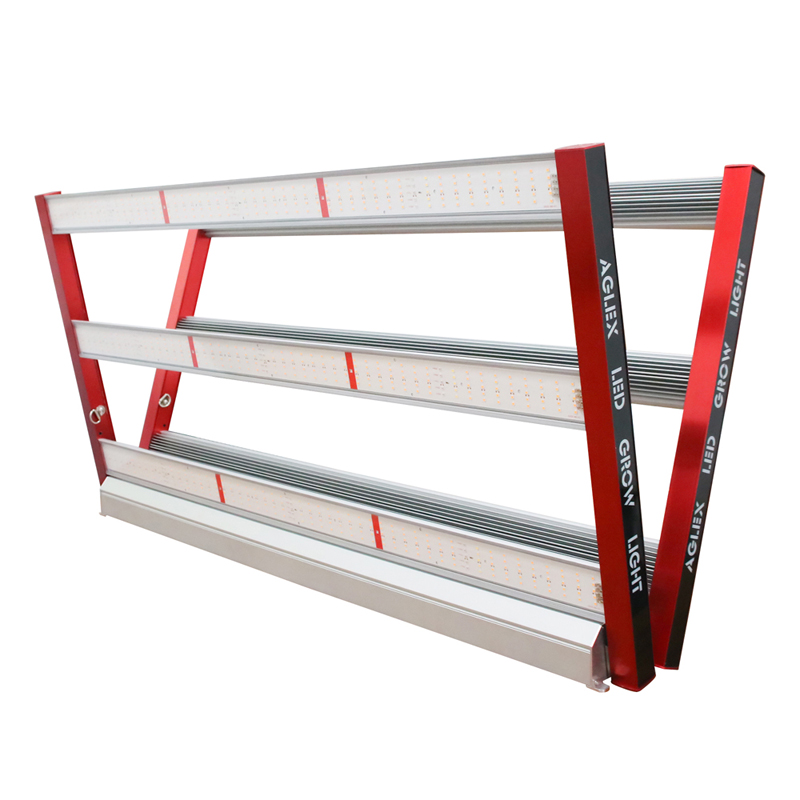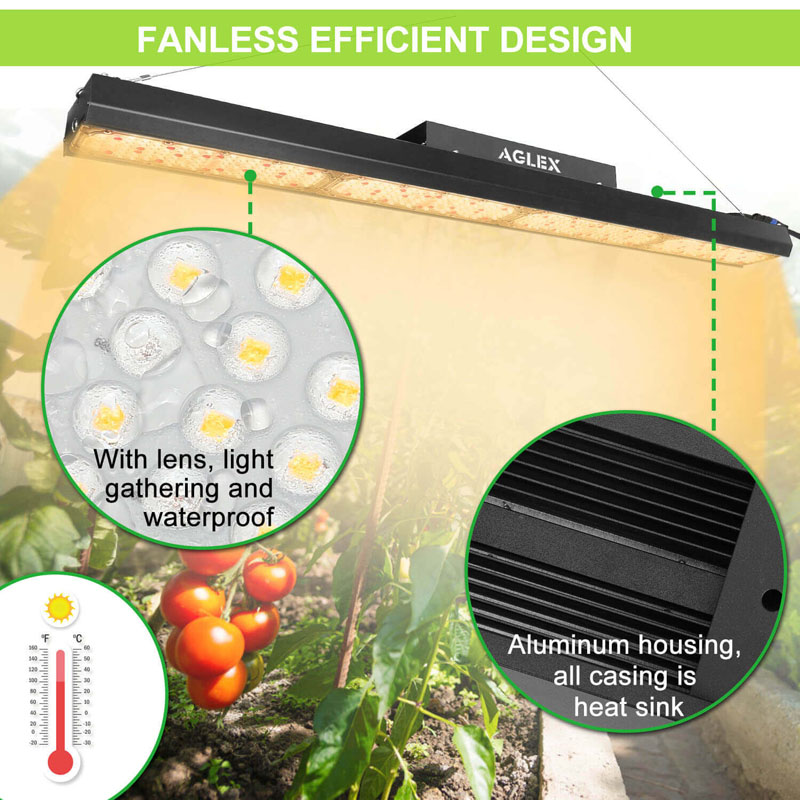Painter's solid wood coating still needs to be upgraded
(2) Reduction in processing accuracy The air mixed in the hydraulic system is present in the hydraulic oil in a free form, so that the compressibility of the oil is drastically increased. When the external load of the hydraulic system fluctuates, the oil pressure in the actuator will pulsate, causing the gas to expand or contract, causing a significant change in the oil supply flow of the actuator, resulting in a phenomenon of low-speed crawling of the hydraulic machine. Transmission rigidity is an important indicator for high-precision hydraulic machines that require fast response and accurate positioning. The transmission stiffness is related to the bulk modulus of the liquid. When the hydraulic system is working, the actual oil contains both dissolved gas and mixed gas. The gas dissolved in the oil does not substantially affect the liquid elastic modulus, and the gas mixed in the oil causes the bulk modulus of the oil to drastically decrease, and the pressure wave transmission speed in the oil is slowed down. As a result, the hydraulic machining accuracy is lowered.
(3) When accelerating the oil oxidative metamorphism hydraulic system, the bubbles mixed into the oil will be supplemented with the liquid machinery development in 2000? Equipment maintenance?
When moving to the high pressure zone, the bubble shrinks rapidly under the impact of the surrounding pressure oil until it collapses. At this point, a very high pressure will be generated at the center of the bubble. The experimental results show that the pressure at the center of the collapsed bubble can be as high as 150-200 M Pa. In addition to the kinetic energy of the liquid particle, it is converted into heat energy, and part of it is converted into heat energy, so that the local oil temperature rises, and the local high temperature can reach 1000 °C. . The instantaneous temperature at which the bubble bursts depends on the rate of change of the local pressure of the liquid and the specific heat of the liquid and gas. When the local temperature of the liquid reaches a level such that oxygen in the gas can be combined with the liquid molecules, then that portion of the liquid is oxidized, thereby deteriorating the oil. Moreover, if this occurs in the vicinity of the seal or support ring, the seal and support ring will be charred. Thus, in addition to the direct failure of the components, the hard particles generated by the burning of the support ring or seal will also cause the hydraulic system to malfunction.
2 Air pollution hydraulic system identification After the air pollution to the hydraulic system, it often comes with one or more of the following additional features. (1) The sound of the hydraulic pump accidentally changes or the safety valve occasionally makes an abnormal sound. (2) The actuator occasionally jumps or crawls. (3) The transparency of the oil in the fuel tank is low, and there is foam at the oil return port. (4) Filter oil The liquid has a black residue after oxidation of the oil. If one or more of the above phenomena are present, the hydraulic system has been contaminated by air.
3 Hydraulic system air pollution prevention The hydraulic system is a closed system. It is not easy to know the pollution status of the system in the early stage. It is often only through the noise, vibration and creep of the hydraulic system to judge whether it is contaminated. Therefore, the control of air pollution should be prevented. Mainly. The parts of the hydraulic system that are prone to air pollution mainly include the suction port of the hydraulic pump, the valve port near the control valve, and the two chambers of the hydraulic cylinder. To this end, the corresponding preventive measures should be taken into account in the design and use of hydraulic systems.
(1) Prevention of air pollution at the suction port of the hydraulic pump When designing the volume of the fuel tank and determining the amount of oil used in the mechanical equipment, it should be ensured that there is sufficient oil at the lowest oil level so that the suction port of the hydraulic pump does not expose the oil surface. While inhaling air. A baffle shall be provided in the fuel tank to separate the suction and return pipes to bypass the liquid flow to facilitate separation of the bubbles from the tank. Or set a metal mesh in the fuel tank to eliminate air bubbles.
When using, always check the sealing of the joints of the suction port to avoid the air being inhaled. The oil suction condition of the oil suction filter should also be checked frequently. If necessary, clean or replace the filter element in time to ensure that the hydraulic pump absorbs oil smoothly and avoids air pockets at the pump suction port.
(2) Prevention of air pollution at the valve port of the control valve The design of the hydraulic circuit is unreasonable. The oil resistance in the valve port area of ​​the control valve is too large, the pressure drop is too large, or the hydraulic machinery accumulates impurities after long-term use, and the oil flows through the narrow A sharp pressure drop in the gap creates air pockets. This is especially the case with throttle valves in flow control valves. In order to prevent the occurrence of air pockets near the valve port of the control valve, the pressure difference between the front and rear of the control valve port in the hydraulic circuit should be designed to meet the performance requirements. The cavitation caused by the accumulation of impurities can be eliminated by the cleaning control valve.
(3) Prevention of air pollution in the two chambers of the hydraulic cylinder Because the two chambers of the hydraulic cylinder are closed to the cavity, the original air in the cylinder and the air from the system pipeline by the oil will accumulate in the two chambers of the cylinder. As the actuator of the hydraulic system, the hydraulic cylinder will directly reflect the hazard of air pollution. If the air is not discharged in time, the hydraulic cylinder will crawl at a low speed, which will affect normal work. In order to avoid this phenomenon, in addition to taking measures to prevent air from entering the hydraulic system, in order to remove the air accumulated in the cylinder in time, a bleed valve can be provided on the hydraulic cylinder. For hydraulic cylinders with large load inertia and fast running speed, buffering devices should be provided at both ends of the hydraulic cylinder stroke to prevent cavitation caused by load inertia.
4 Conclusion It is not difficult to see that the air in the hydraulic system is indeed a pollutant of hydraulic machinery. Since the air bubbles occupy a certain space, the air in the hydraulic system will destroy the continuity of the oil, which will cause the output flow of the pump to decrease. Flow and pressure fluctuations are also caused in the pressure oil pipe of the pump, which makes the hydraulic machine work unevenly and the machining accuracy is lowered. It also causes the hydraulic machinery to generate strong noise and accelerate the oxidative deterioration of the oil in the hydraulic system. To this end, we must pay attention to the harm of the air in the hydraulic system to the hydraulic machinery. In the actual work, effective measures should be taken to control the air content in the oil to improve the working performance of the hydraulic machine and meet the processing accuracy requirements.
Shuguangguo. Hydraulic system fault diagnosis and elimination [M]. Beijing: Ocean Press, 1998.
Lei Tianjue. Hydraulic Engineering Handbook [M]. Beijing: Mechanical Industry Press, 1990.
First author profile: Du Qiaolian, female, born in 1966, lecturer. Research direction: electromechanical and hydraulic integration. 15 papers have been published.
All kinds of fund-funded project articles are welcome to contribute! ? Equipment maintenance?
Machinery Development 2000 Supplement
AGLEX LED grow lights are with reflector lens to ensure powerful light high PPFD.
C series (power cob technology): 600w 1200w 2000w 3000W LED Grow Light available.
G series (slim design with reflector cover): 110w 220w LED Grow Light available.
L series (LED Grow Light Bar design with reflector cover): 700W led Grow Light available. The 700w grow lights is powerful enought itself. the reflector of this model is not for concentrating lights, but for protective, protecting leds from being damaged, and waterproof. And it's easy to clean when there is dust on the cover.
Application:
Suit for marijuana, tomatoes, vegetable, strawberry, pepper, microgreen and herbal plants etc. And suit for all the growing stage.
For grow tent, greenhouse, vertical farming, commercial led grow lighting etc.



LED Grow Light with Reflector, Powerful LED Grow Light, LED Growing Lamp, LED Grow Lamp
Shenzhen Ameri Technology Co., Ltd. , https://www.aglexz.com